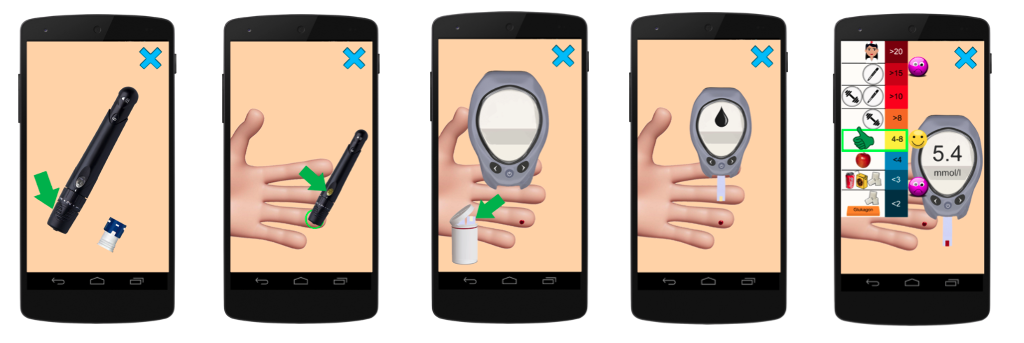
Presenter of 1 Presentation
MY DIABETIC: SERIOUS GAME TO SUPPORT CHILDREN’S EDUCATION IN DIABETES MELLITUS I
Abstract
Background and Aims
Gaming applications that are used for purposes beyond entertainment, defined as serious games, with the intention to educate and resolve a problem, may be one timely method to promote healthy diabetes management behaviors within children affected by T1D.
The aim of the serious game My-Diabetic is to teach players not only the relationship between food, insulin, and sports but also to pass on knowledge related to working with a glucometer insulin pen and more advanced technology like, injection of glucagon, measurement of ketoacidosis, continuous glucose measurement and insulin pump.

Methods
Supporting patient motivation (compliance, adherence) was achieved by a combination of several approaches as tailoring, observational learning, social and family support, decision-making practice, and rewards systems.

Results
The game was tested tested on 80 children (60 of diabetics). We met with positive response from children who tested the game and their parents. The game was also presented to 20 schoolmates of T!D's children who appreciated better understanding of the desease and opportunity to support more efficiently their friends in T1D compensation.
Conclusions
The game is especially suitable for newly diagnosed children because it acquaints them in a fun way with new terminology, they are able to try, for example, glycemic measurements in an interactive way. The game was also designed for children who cannot read yet because the game includes a guide (e.g. a female family doctor) that describes by her voice the main underlying principles behind the game. The game is available in Google Play and Apple Store markets.

The study was supported by the Research Centre for Informatics, grant number CZ.02.1.01/0.0/16_019/0000765
